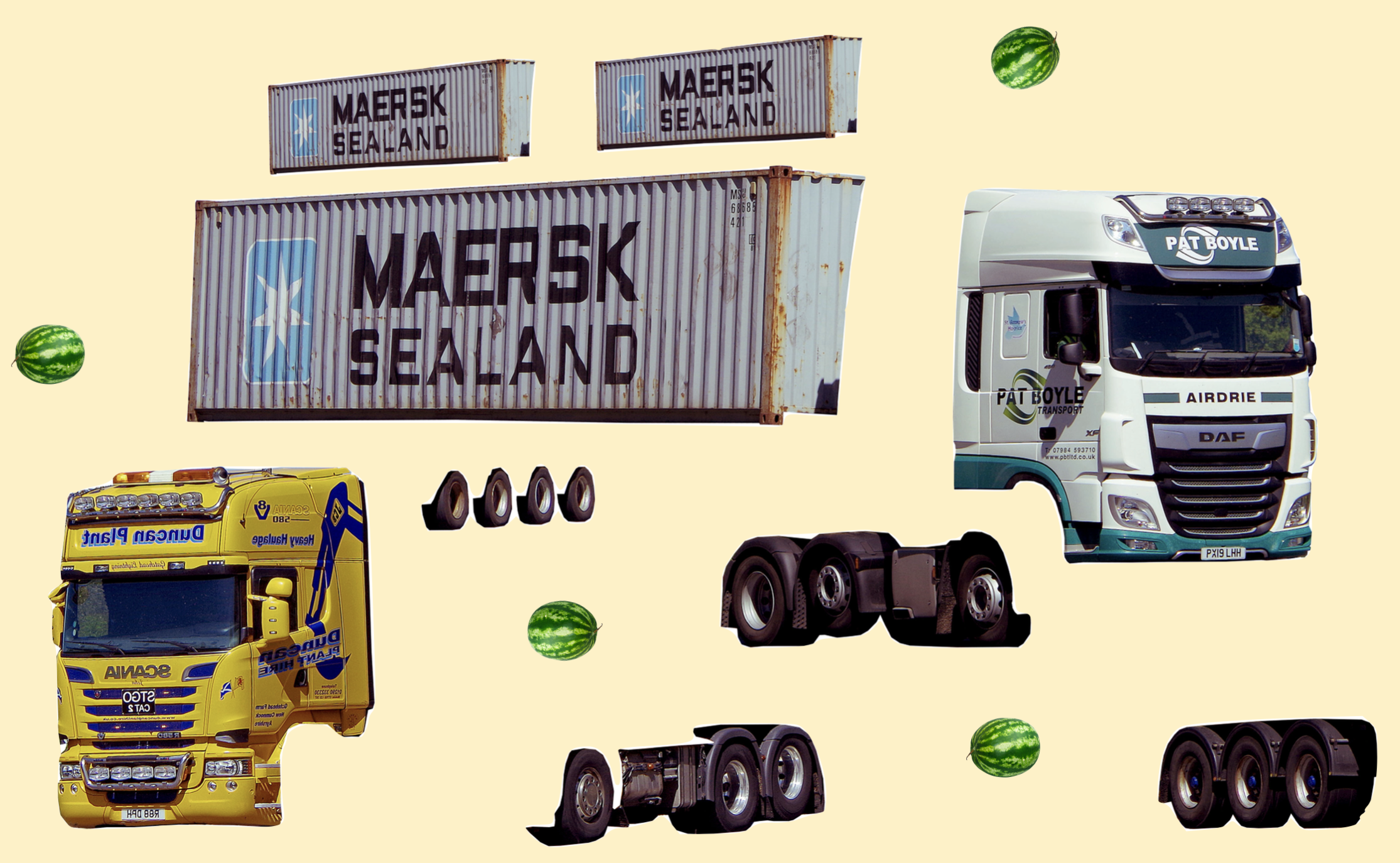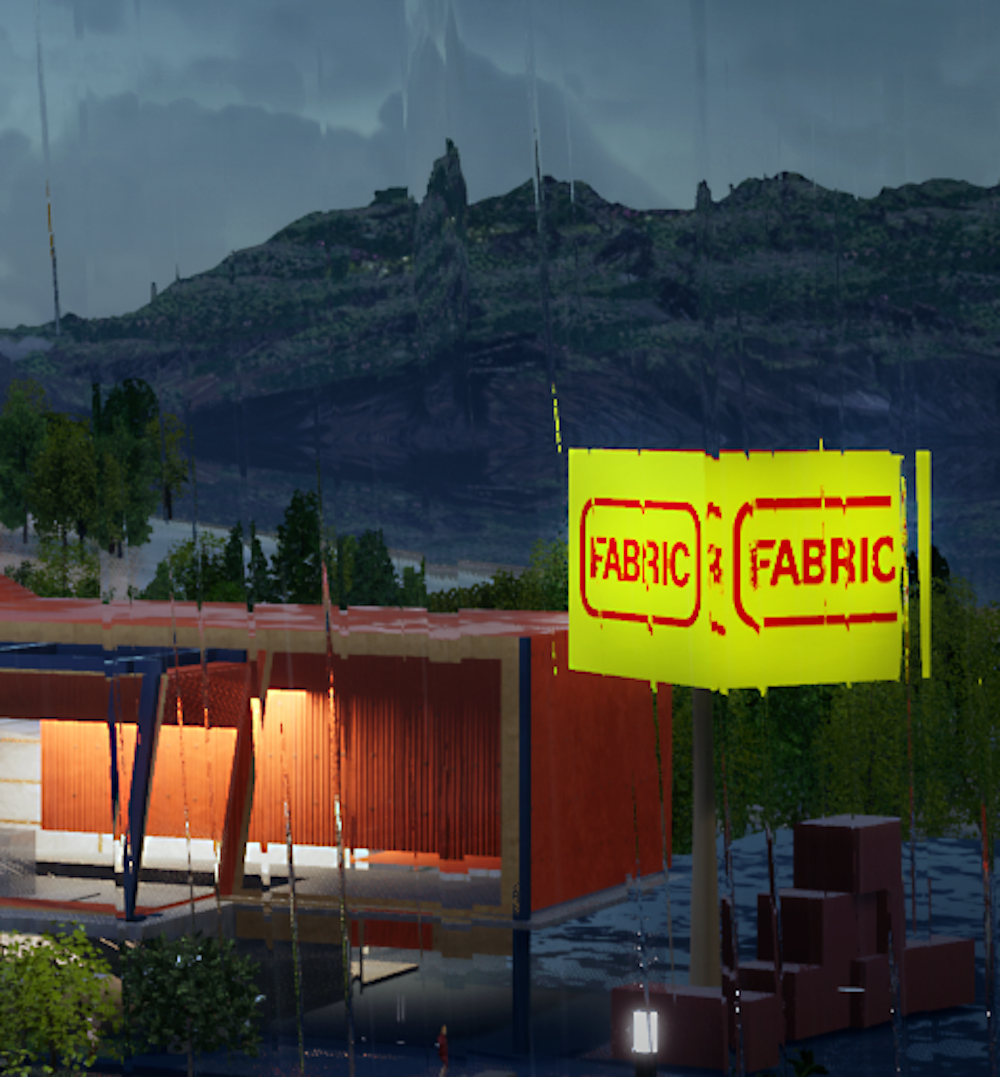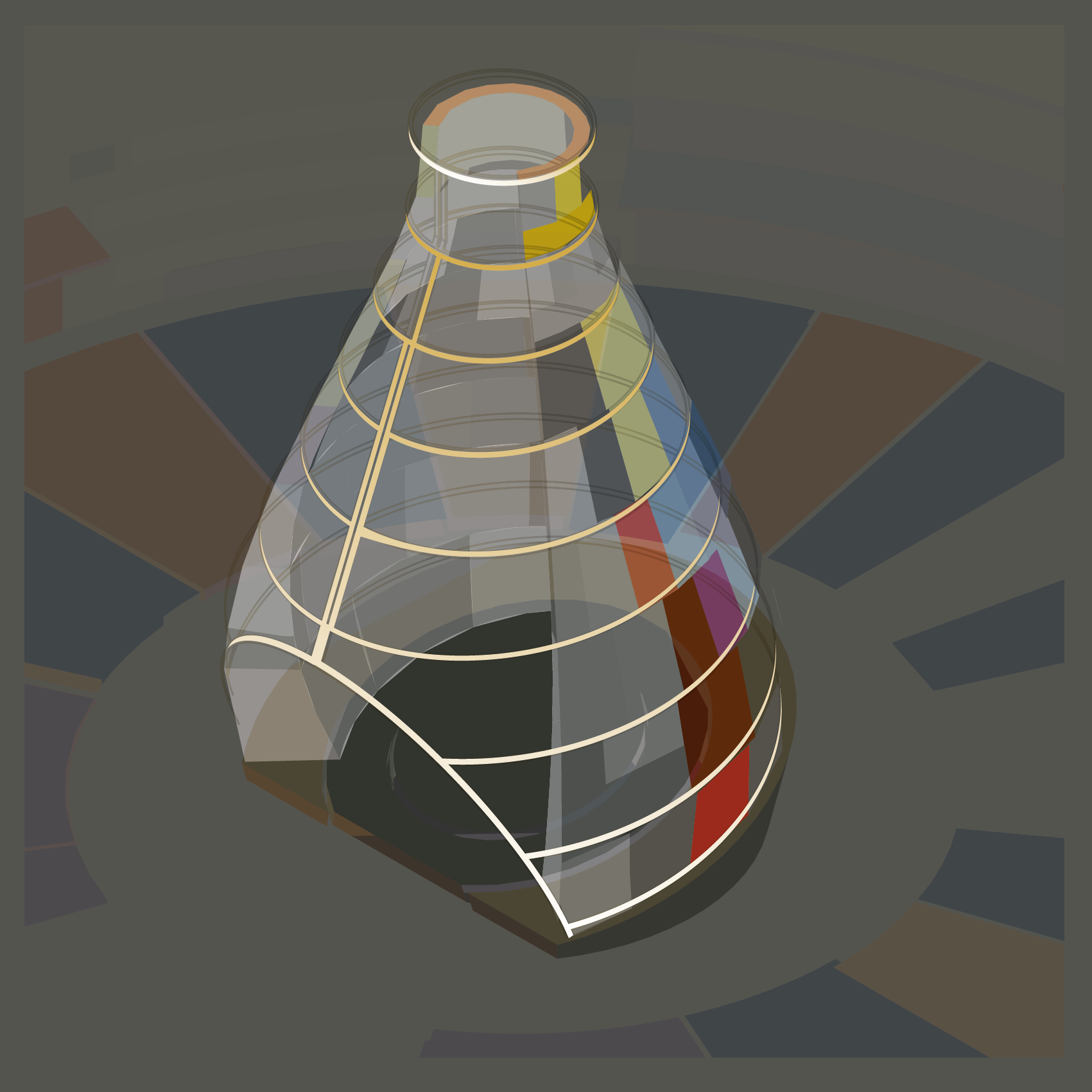
Out Of Gas
2020
Trucking, Logistics and Decarbonisation
with Heat Island

Out of Gas is about the decarbonisation of trucking, and how routes to zero carbon intersect with infrastructural changes and vehicle automation. For truckers and hauliers, decarbonisation is neither a single process nor one necessarily to be feared. On the contrary, getting ahead of the curve on the green transition may better equip truckers to mitigate threats to their livelihood.

The Challenge
Between now and 2050, all major industries and sectors will have to significantly reduce their carbon emissions, if the worst effects of climate change are to be avoided. Within the logistics industry the consequences of that shift are two-fold. Logistics is not only a technical process in its own right, transforming fuel into transport services of different kinds, but is also an core infrastructure joining together the different parts of the world economy
Out of Gas is a research project exploring the future of the trucking industry through the lens of a thirty-year decarbonisation strategy. Because of its pivotal role in connecting supply chains, we argue that logistics needs to be seen as more than just another industry making efforts towards achieving ‘sustainability’ — through, for example, electrifying previously petrochemical fuel stores or optimising use of energy. Rather, because of its connective function, it should be seen as an agent with effects beyond its own boundaries — driving the wider decarbonisation of interconnected planetary mechanisms.

End of The Road
One of the major disturbances in trucking’s immediate future is the increasing divergence between urban and highway futures. While it is plausible that logistics traffic on highways may soon be significantly automated – driven by ongoing research and a desire to reduce energy consumption through platooning – in cities there are increasing obstacles to truck movements.
After Covid-19, urban policymakers have demonstrated a significant interest to limit both the surface for motor vehicle use in aggregate, and the categories of vehicle which are used, in the hope of making permanent the ~8% reduction in CO2 that the pandemic initiated.
Resistance to heavy vehicle use has a number of drivers — from concerns about the safety of pedestrians and cyclists, to noise, and an increasing awareness of the health consequences of air pollution.

The Highway
The City Core
Between these two divergent spaces an increasingly problematic boundary will evolve. For trucking in 2050, the ability to move between these spaces without difficulty should not be taken for granted.
One consequence of this might be a fragmentation of the standard truck at a physical level, between highway and urban scales, with increasingly divergent and incompatible vehicle types operating in those spaces.
For logistics flows, the question is how these shifts are located and optimised; in other words, how virtualised end-to-end energy and material flows take over from literal point to point truck movements.

Read The Full Report
Trust — Out of Gas: An Atlas for Post-Fossil Logistics




